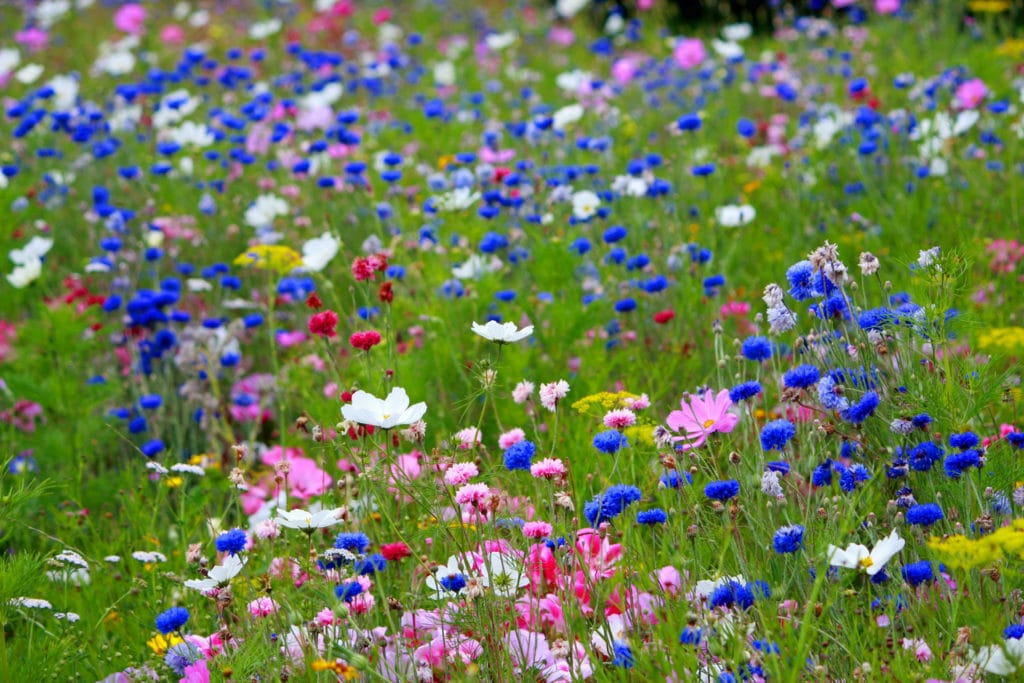Gardening on a Septic Tank Soakaway
The Sussex countryside is beginning to bloom and gardeners have been busy planting their gardens for the summer months ahead. For those with a sewage treatment plant or a septic tank, gardeners should think carefully about what to plant in their septic tank soakaway or drainage field.
What is a septic tank soakaway?
A septic system is made up with an underground septic tank and a septic soakaway, also known as a drainage field and sometimes called a leach field. The soakaway cleans the waste water by filtration and the action of micro organisms in the soil.
This filtration and biological action prevents pollution from the septic tank entering the surrounding water course and water table.
Owners of septic systems need to take care and plan how they intend to use the surrounding land or garden. Paved areas and gardens where children play should be located well away from the drainage field.
Growing plants, vegetables, shrubs and trees near the septic tank or septic soakaway is not recommended as a method for helping drainage as deep roots can cause extensive damage to the septic system.
Health risk from fruit and vegetables in drainage field
Fruit trees and vegetables will send roots down into the soil to find water and nutrients. In a newly installed septic tank soakaway, it is unlikely that they will do well as the surface will be dry and full of gravel, designed to drain the field.
Over time the drainage field may start to fill as it becomes blocked with detritus, particularly items that should not have been flushed into the system. Any vegetables that are growing on the leach field may then be able to reach the water and take up pathogens, including viruses, that can infect anyone who eats the vegetables.
This absorption will happen as the soakaway has not yet treated the effluent. It is not safe to eat vegetables that have grown on a soakaway and taken up pollutants, toxins, bacteria and viruses.
Growing plants and shrubs in a soakaway
When the soakaway is functioning correctly, the soil will be dry and unsuitable for growing plants unless they are watered.
Watering a soakaway is not a good idea as it will cause the drainage field to overflow and fail, resulting in raw sewage and effluent washing into the surrounding area. This may mean that you cause a pollution incident in local streams or rivers.
The Environment Agency will take action, which may be very costly for the polluter.
Growing trees on a septic tank soakaway
Growing trees in a leach field should be avoided at all costs. Tree roots can cause extensive damage to underground pipework. They can even enter the pipes and travel through them to reach your septic tank or sewage treatment plant. You should also carefully consider planting trees near the soakaway.
What can I grow?
Growing grass on a soakaway is common and should not cause problems as the roots are not invasive. If the drainage field is the only area for planting then non-invasive and shallow root plants are also good. Planting in this way will help reduce erosion of the soakaway.
Septic Tank Maintenance
Septic tanks should be emptied on a regular basis (every 6 months is normal) to remove sludge and solids. Avoiding septic tank emptying will allow these solids to make their way into the soakaway where they will begin to block the system, which will eventually lead to a system failure.
About CountyClean Group
CountyClean Environmental Services Ltd was established in 2007 with our vision of accomplishing the highest quality of liquid waste management services and to provide the very best value for our customers.
The company has grown from humble beginnings into a leader in effective liquid waste management solutions for the commercial and industrial, utility and domestic sectors in London and the South East.
To learn more about CountyClean and their liquid waste disposal services, please call free on 0800 171 2204.

